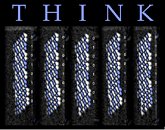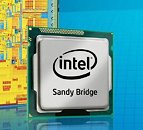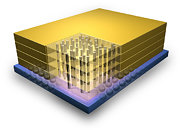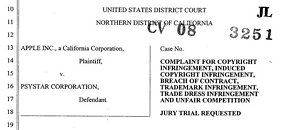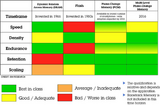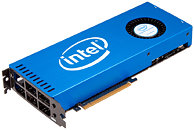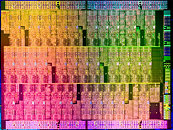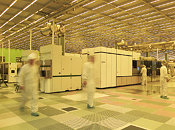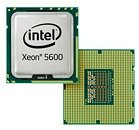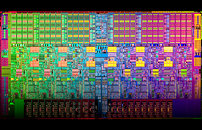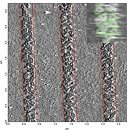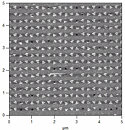
IBM Research Determines Atomic Limits of Magnetic Memory
Punctuating 30 years of nanotechnology research, scientists from IBM Research (NYSE: IBM) have successfully demonstrated the ability to store information in as few as 12 magnetic atoms. This is significantly less than today's disk drives, which use about one million atoms to store a single bit of information. The ability to manipulate matter by its most basic components - atom by atom - could lead to the vital understanding necessary to build smaller, faster and more energy-efficient devices.
While silicon transistor technology has become cheaper, denser and more efficient, fundamental physical limitations suggest this path of conventional scaling is unsustainable. Alternative approaches are needed to continue the rapid pace of computing innovation.
While silicon transistor technology has become cheaper, denser and more efficient, fundamental physical limitations suggest this path of conventional scaling is unsustainable. Alternative approaches are needed to continue the rapid pace of computing innovation.
